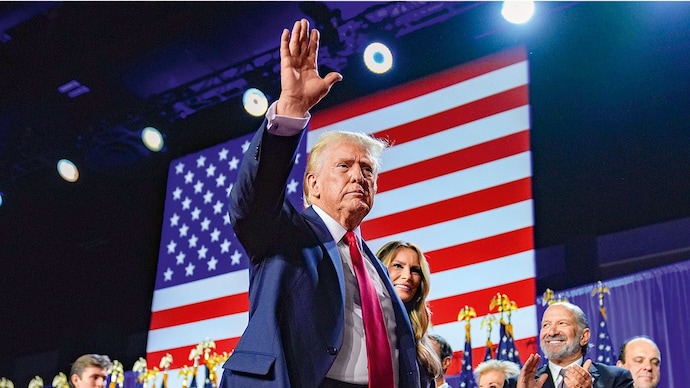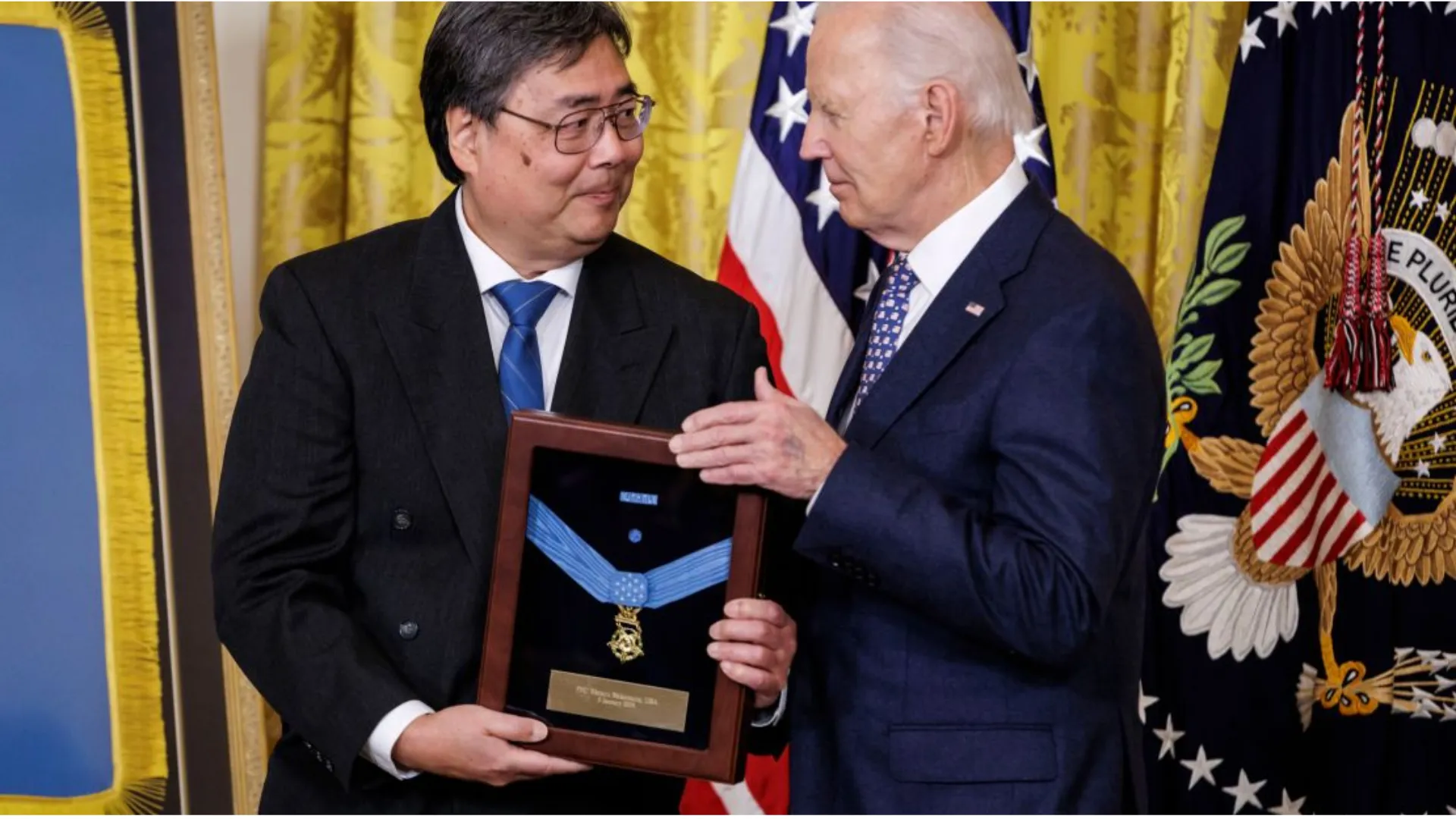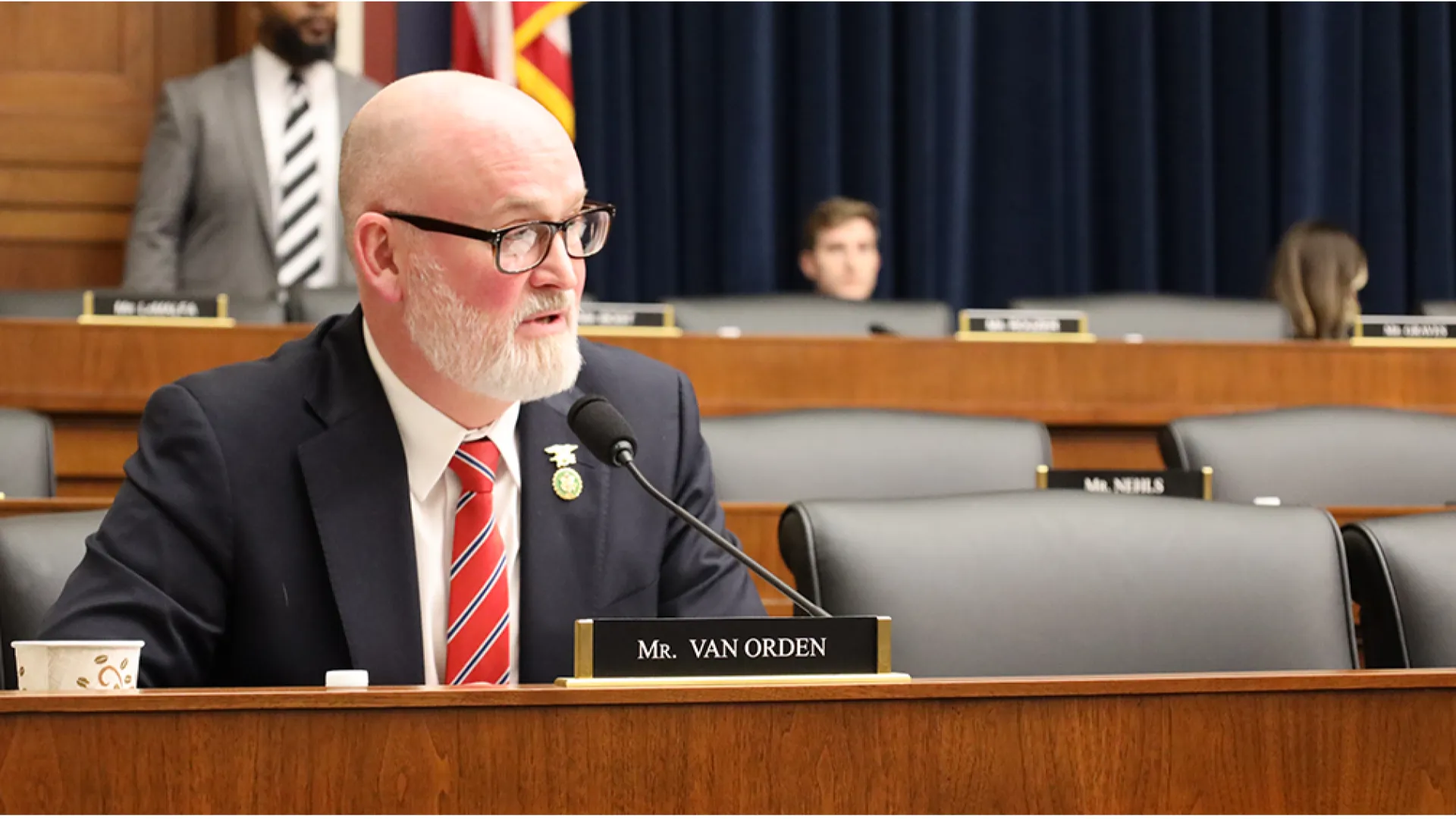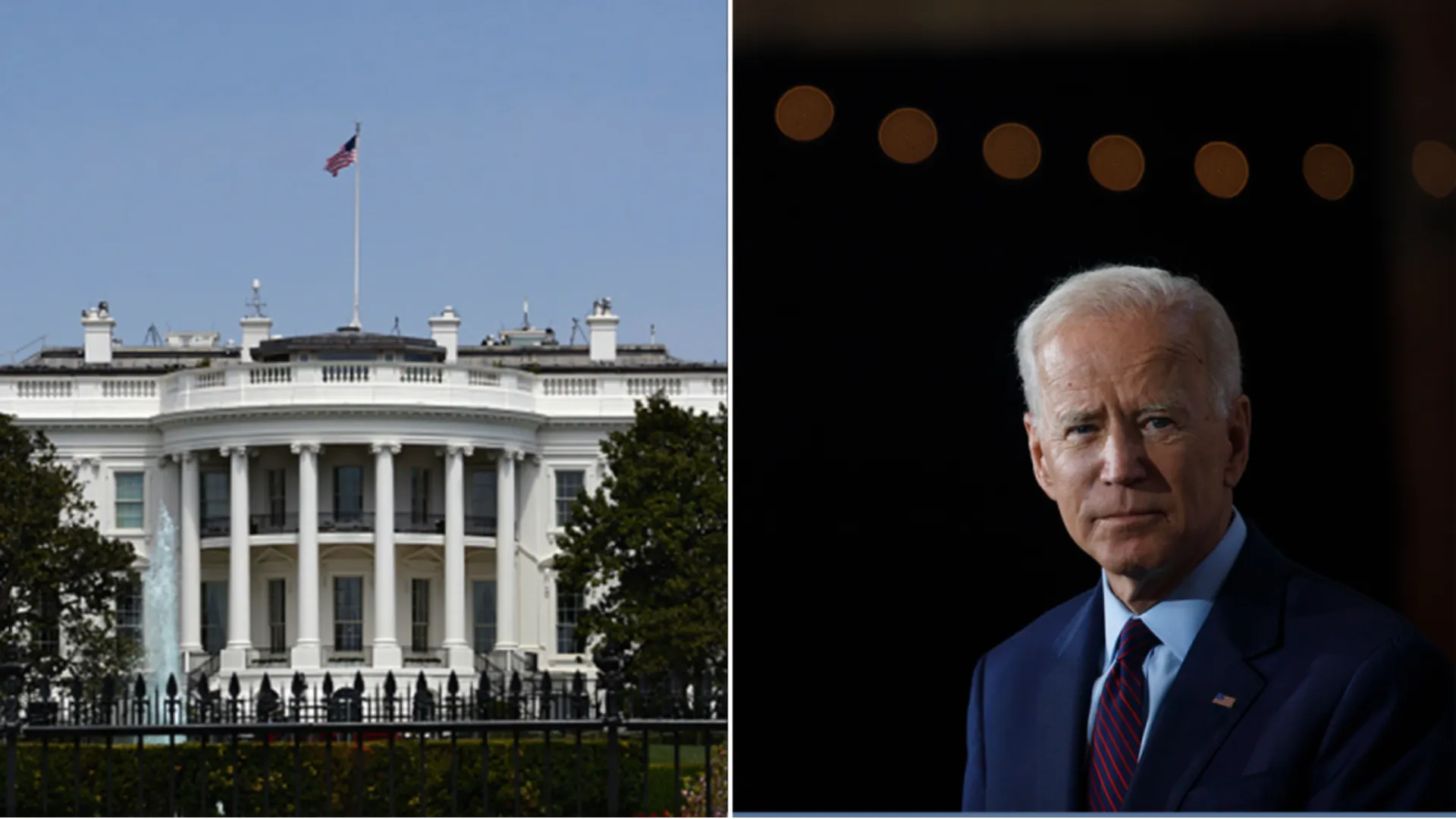
President Donald Trump’s approval rating among Generation Z voters has sharply declined since the 2024 election, according to a new poll.
A survey released by The Economist/YouGov on Wednesday revealed that Trump’s net favorability among Americans aged 18-29 now stands at minus 18 points—a significant drop from the plus 19 he enjoyed in the days following his reelection in November.
This shift presents a challenge for the Republican Party, which had celebrated Trump’s gains among young voters in 2024. His ability to attract more Gen Z and first-time voters compared to his 2020 campaign was seen as a potential ideological shift.
However, these latest results suggest that Republicans cannot depend on this historically Democratic-leaning demographic for continued support in future elections.
The broader poll found that 52 percent of U.S. adults now view Trump unfavorably, while 46 percent hold a positive opinion of him, resulting in a net favorability score of minus 6.
The survey, conducted between February 9 and 11, included 1,595 adults and had a margin of error of plus or minus 3.4 percentage points.

Among the 315 respondents aged 18-29, Trump’s approval ratings were notably low. Only 39 percent expressed a favorable view, while 57 percent viewed him unfavorably.
This marks a near reversal from The Economist/YouGov’s previous survey, conducted between November 17 and 19, which showed that 57 percent of young voters had a favorable view of Trump, including 36 percent who rated him “very favorable.” At that time, only 38 percent of Gen Z respondents viewed him negatively.
Trump’s efforts to win over younger voters were evident in his 2024 campaign. He appeared on popular podcasts such as The Joe Rogan Experience and This Past Weekend with Theo Von, aiming to connect with new audiences.
His approach seemed to work initially—he won 47 percent of the Gen Z vote in 2024, a significant increase from the roughly one-third he secured in 2020. In contrast, former Vice President Kamala Harris won 51 percent of the 18-29 age group, according to an AP VoteCast analysis of over 120,000 voters.
Trump’s early popularity among young people was further boosted when he issued an executive order on January 20, shortly after taking office, granting TikTok a 75-day reprieve from being banned in the U.S.

The social media platform, widely used by Gen Z, was set to be banned unless its Chinese parent company, ByteDance, sold it off by January 19. The legislation banning TikTok over national security concerns had been passed by Congress in April 2024 and later signed into law by then-President Joe Biden.
Despite these efforts, Trump’s declining favorability among young voters may be linked to several policy decisions that have proven unpopular with Gen Z.
His administration’s proposals include a large-scale deportation plan, the targeting of Diversity, Equity, and Inclusion (DEI) initiatives, and a controversial suggestion that the U.S. “take over” the Gaza Strip while relocating Palestinians elsewhere during reconstruction.
Republican strategist Brian Seitchik acknowledged the challenge of maintaining young voter support. Speaking to The Hill on February 1, he pointed to Trump’s handling of the TikTok situation as an example of outreach that resonated with younger demographics.
“That is certainly very appealing to influencers and young voters, a demographic that Trump exceeded expectations with in the 2024 race—a group that has not been particularly favorable to Republicans in decades,” Seitchik said.

“The question for Republicans running nationally and statewide is often, ‘How can we stem the bleeding on young voters?’ And Trump has found a way to get to something that very much matters to these voters and impact the influencers that then affect these younger voters.”
However, Democratic strategists argue that the latest poll numbers indicate a clear opportunity for their party to reclaim young voters. David B. Cohen, a professor of political science at the University of Akron in Ohio, told Newsweek shortly after the 2024 election that the Democratic Party must act quickly to address the shift.
“Young voters compose a crucial part of the Democratic base, and if that is eroding, where do they make up for that?” Cohen asked. “Going forward, Democrats will have to figure out how to bring young voters back to the fold—particularly young men—if they want to be competitive nationally.”
While the Republican Party made significant inroads with young voters in 2024, the latest data suggests that enthusiasm for Trump among Gen Z may have been temporary.
The coming months will determine whether his administration can reverse this trend or if Democrats will successfully capitalize on the shift. With policies on immigration, DEI, and foreign affairs continuing to spark debate, the battle for Gen Z’s support remains far from settled.




